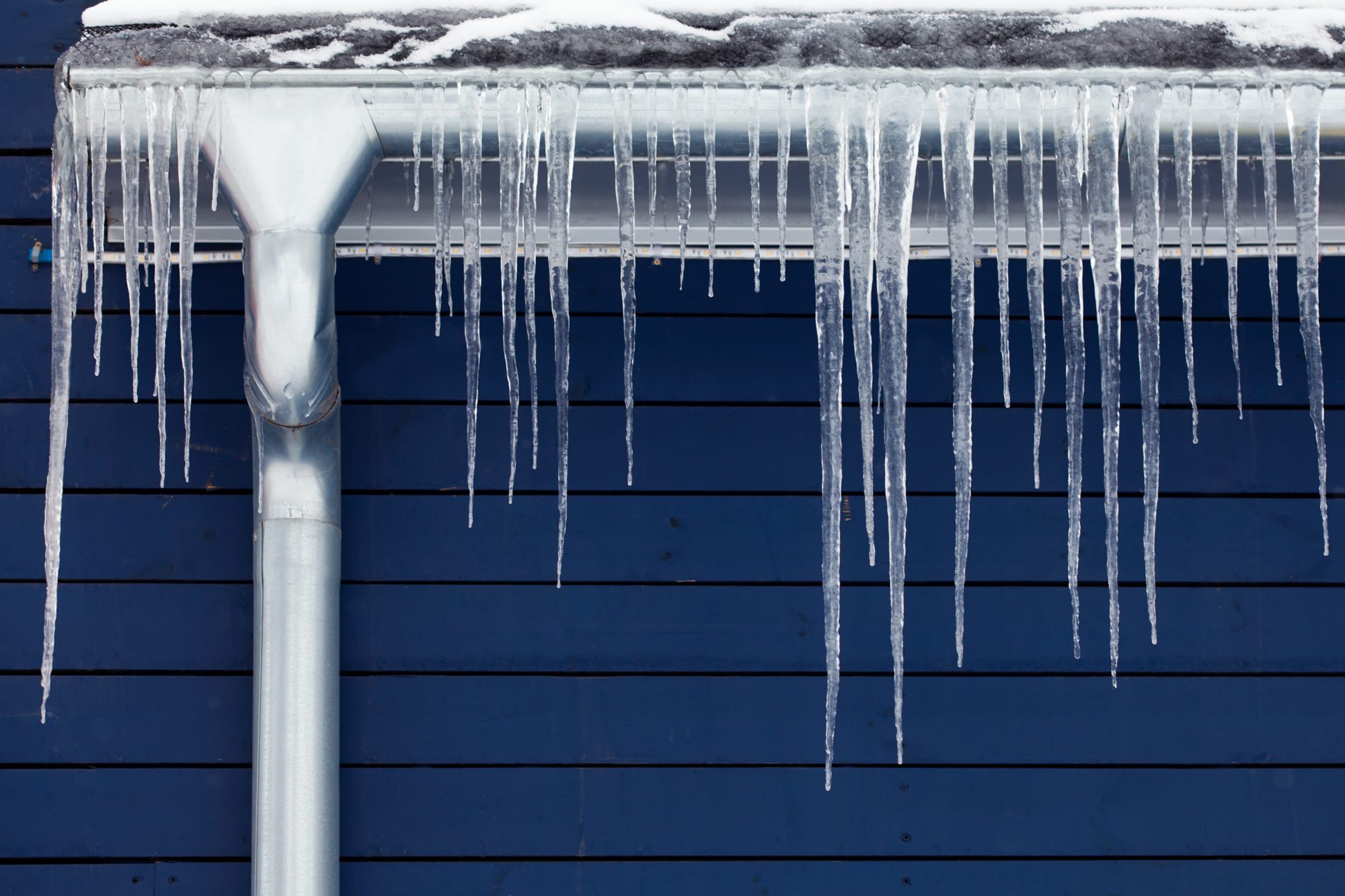Essential Advice for Avoiding Frozen Plumbing in Winter Conditions
Essential Advice for Avoiding Frozen Plumbing in Winter Conditions
Blog Article
The author is making a number of great annotation on the subject of Prevent Frozen Pipes in general in this content below.

Cold weather can damage your plumbing, especially by freezing pipelines. Here's just how to prevent it from taking place and what to do if it does.
Introduction
As temperatures decrease, the risk of frozen pipelines rises, potentially causing costly repairs and water damages. Recognizing exactly how to avoid icy pipelines is important for house owners in cold climates.
Avoidance Tips
Protecting prone pipelines
Cover pipelines in insulation sleeves or utilize warmth tape to safeguard them from freezing temperatures. Concentrate on pipes in unheated or external areas of the home.
Home heating methods
Maintain indoor spaces effectively warmed, especially areas with plumbing. Open up cabinet doors to allow cozy air to flow around pipelines under sinks.
Exactly how to determine frozen pipes
Look for reduced water flow from faucets, uncommon smells or noises from pipelines, and visible frost on exposed pipes.
Long-Term Solutions
Structural modifications
Take into consideration rerouting pipelines away from exterior walls or unheated locations. Add added insulation to attic rooms, cellars, and crawl spaces.
Updating insulation
Buy top quality insulation for pipes, attics, and wall surfaces. Correct insulation assists maintain regular temperature levels and reduces the threat of frozen pipelines.
Securing Outdoor Plumbing
Yard hose pipes and exterior faucets
Disconnect and drain pipes garden hoses prior to winter. Mount frost-proof faucets or cover exterior taps with insulated caps.
Recognizing Icy Pipelines
What triggers pipelines to ice up?
Pipelines ice up when subjected to temperature levels listed below 32 ° F (0 ° C) for expanded durations. As water inside the pipes freezes, it increases, putting pressure on the pipe walls and possibly causing them to rupture.
Dangers and problems
Icy pipelines can bring about water supply interruptions, property damages, and pricey repairs. Ruptured pipelines can flooding homes and trigger comprehensive structural damages.
Indicators of Frozen Water Lines
Determining frozen pipelines early can avoid them from rupturing.
What to Do If Your Pipes Freeze
Immediate activities to take
If you believe icy pipes, maintain faucets open to soothe pressure as the ice thaws. Utilize a hairdryer or towels soaked in warm water to thaw pipes gradually.
Conclusion
Protecting against icy pipelines requires aggressive measures and fast responses. By recognizing the causes, indicators, and preventive measures, house owners can shield their plumbing during winter.
5 Ways to Prevent Frozen Pipes
Drain Outdoor Faucets and Disconnect Hoses
First, close the shut-off valve that controls the flow of water in the pipe to your outdoor faucet. Then, head outside to disconnect and drain your hose and open the outdoor faucet to allow the water to completely drain out of the line. Turn off the faucet when done. Finally, head back to the shut-off valve and drain the remaining water inside the pipe into a bucket or container. Additionally, if you have a home irrigation system, you should consider hiring an expert to clear the system of water each year.
Insulate Pipes
One of the best and most cost-effective methods for preventing frozen water pipes is to wrap your pipes with insulation. This is especially important for areas in your home that aren’t exposed to heat, such as an attic. We suggest using foam sleeves, which can typically be found at your local hardware store.
Keep Heat Running at 65
Your pipes are located inside your walls, and the temperature there is much colder than the rest of the house. To prevent your pipes from freezing, The Insurance Information Institute suggests that you keep your home heated to at least 65 degrees, even when traveling. You may want to invest in smart devices that can keep an eye on the temperature in your home while you’re away.
Leave Water Dripping
Moving water — even a small trickle — can prevent ice from forming inside your pipes. When freezing temps are imminent, start a drip of water from all faucets that serve exposed pipes. Leaving a few faucets running will also help relieve pressure inside the pipes and help prevent a rupture if the water inside freezes.
Open Cupboard Doors
Warm your kitchen and bathroom pipes by opening cupboards and vanities. You should also leave your interior doors ajar to help warm air circulate evenly throughout your home.

I was guided to that article on Helpful Tips to Prevent Frozen Pipes this Winter through an associate on a different domain. Sharing is caring. Helping people is fun. We cherish reading our article about Preventing and dealing with frozen pipes.
Contact Us Now Report this page